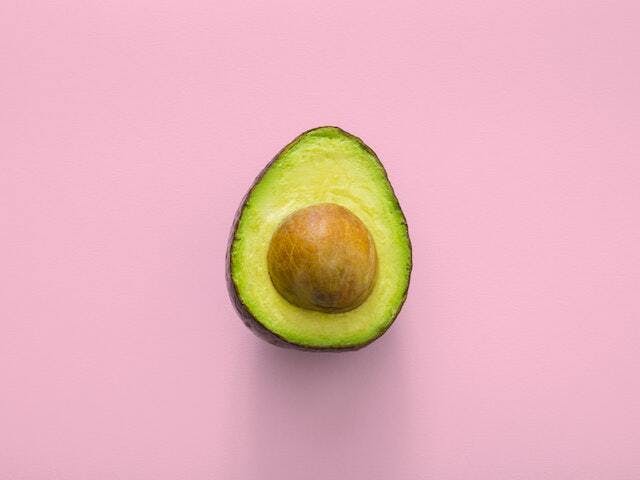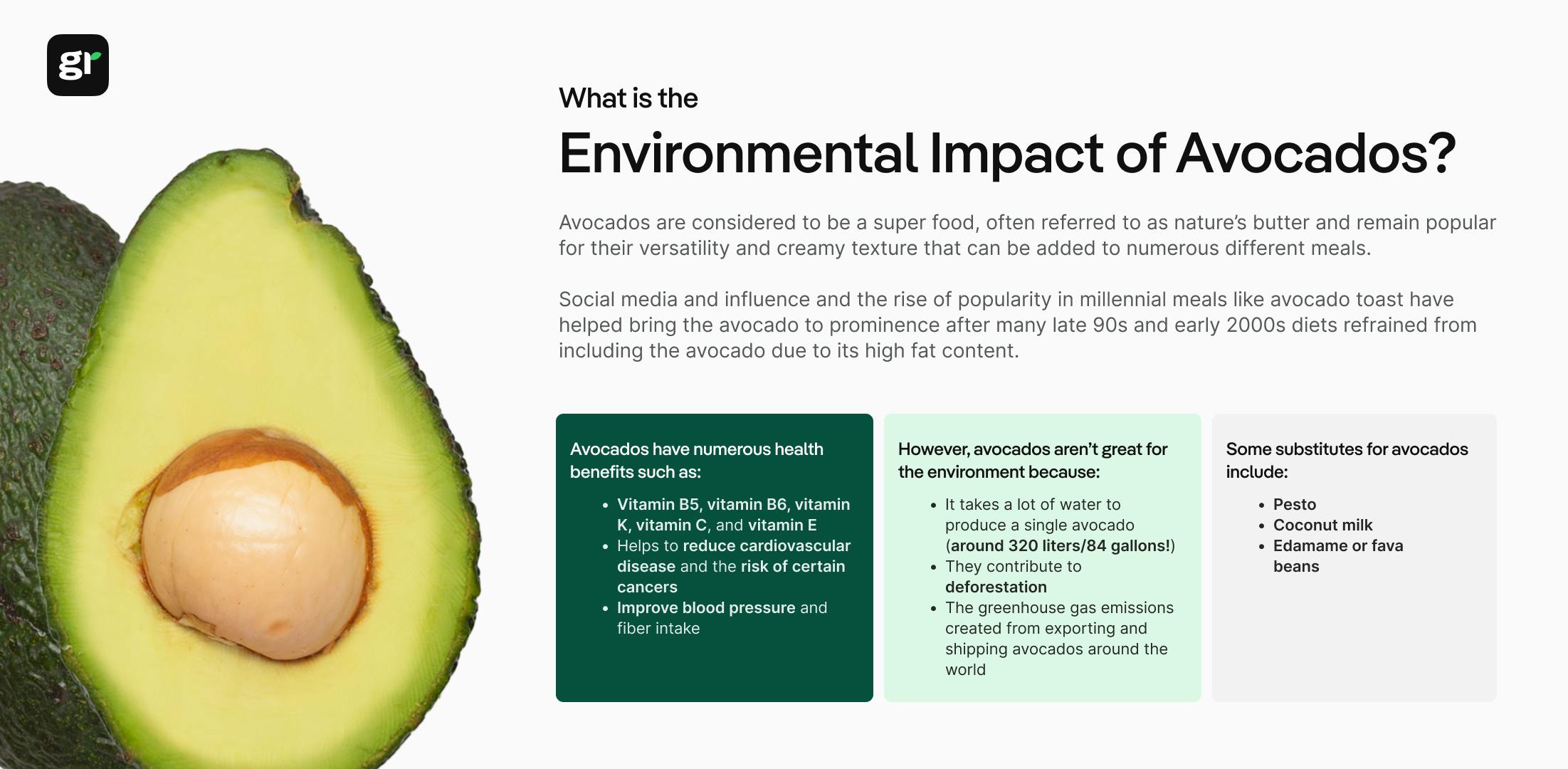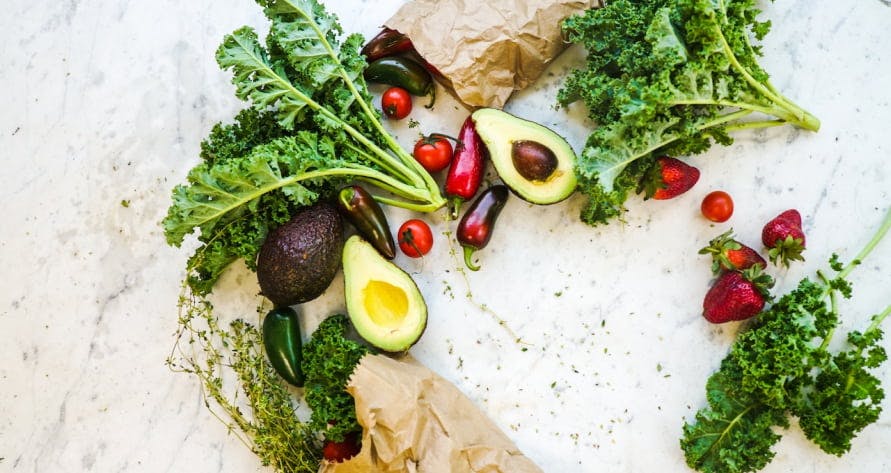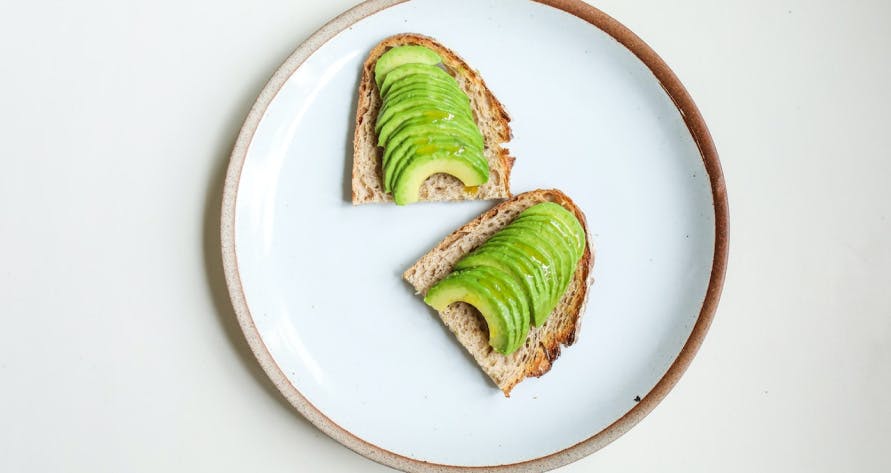ESG / CSR
Industries
What is the Avocado's Environmental Impact?



Avocados are everywhere these days: on toast, in smoothies, tossed into salads – many restaurants these days even offer an extra half an avocado or sliced avocado on the side of many orders, but have you ever stopped to think that this wildly popular fruit isn't good for the environment?
Avocados are deliciously creamy, nutrient dense, but are they sustainable – and are avocados bad for the environment?
👉 What is the avocado's environmental impact as this fruit continues to retain its massive popularity?
In this article, we'll discuss for avocado production can be bad for the environment, avocado environmental damage, and the carbon footprint of avocados via their annual avocado consumption.


Why have avocados become so popular?
It wasn't until 1997, when President Clinton removed the ban on imported avocados from Mexico, that avocados started to pique the interest of Americans. This ban, initially implemented all the way back in 1914, was established as an effort to prevent pests from coming into the United States. Prior to this ban being lifted, most avocados eaten by Americans were grown in either California or Florida.
Once the Mexican avocado was permitted into the United States, the shift towards the avocado craze began – as the increased market share of avocados resulted in a surplus of avocados in the country.
💡 In fact, the U.S. nearly depends on Mexico to supply their newfound intense demand for avocados – as a whopping 75% of avocados that are eaten in the U.S. are grown and imported from Mexico.
Following this rise in avocado supply, the U.S. began conducting research to convey the nutritional elements of avocados to Americans. After once being labeled as a caloric, “fatty” food – avocados started to be advertised for their nutritional density, such as their composition of healthy fats, vitamins, and minerals. This is because the monounsaturated fat in avocados, otherwise known as nature's "butter fruit" – has monounsaturated fatty acids that can be satiating without increasing cholesterol.
This was the start of the avocado craze, but it didn't really kick off until the mid-2010s – when people started to realise that when avocados ripen, it's a form of green gold in creamy goodness.

Why have avocados stayed so popular?
It's been nearly twenty five years since Mexican avocados were permitted into the U.S. market, and since then – the avocado has gone from a rarely consumed fruit to an worldwide staple.
👉 The U.S. alone imported almost 3 million pounds of avocados in 2023 (of which the majority were Mexican avocados), with the average American eating around 9 pounds of avocados every year!
The main reason that avocados have grown immensely in popularity is due to the shift in diet culture across the country. Social media influencers and nutritionists now shun ideas of restricted diets that completely eschew entire food groups like carbohydrates, and now opt to promote more balanced diets – such as intuitive eating, and monitoring nutritional value instead of caloric intake.
💡 Avocados are now delineated as a “super-food” – which is a food exceptionally high in antioxidants, monounsaturated fats, minerals, vitamins, healthy fats, flavonoids, and even fiber.
As more and more people have begun to recognise the nutritional benefits of avocados, they have been incorporating them into their diets – millennials, more so than anyone else.
Studies show that those who eat avocados, pureed avocado with lemon juice on toast, or eat avocado in combination with a protein source such as scrambled eggs are shown to get more dietary fiber, healthy fat, and encourage them in eating foods with healthy fats. Avocado fruit doesn't have to be eaten by only those with a vegetarian diets, but the smooth texture of avocados may pair well with processed meats as well. Ultimately, a healthy diet with avocado intake will include the use of ripe avocados with plant foods: such as sprinkling hemp seeds onto avocado toast.
💡 In fact, the rise of the avocado may have started with the growing popularity of avocado toast back into the mid-2010s.

Coffee shops and restaurants around the world began to offer avocado toast, which is exactly what it sounds like – avocado either sliced or mashed up on a piece of bread, sometimes with additional seasonings, vegetables, or toppings.
Cafes sell avocado toast at an exorbitant price, but to make it at home is actually quite affordable, simple, and satiating when paired with a protein source of choice. Therefore, it makes sense avocados have caught on and stayed relevant – as they're easy to prepare, taste good, and are nutritionally dense.
As other diets have exploded in popularity, such as veganism, chefs and people on social media have found new ways to keep the avocado relevant, delicious, and high in demand.
In fact, avocados can supplement a vegan or vegetarian lifestyle that may be missing essential fats that are lost when switching to a plant-based diet. Since avocados have a unique creamy texture, in addition to a multitude of health benefits – people have stayed on the avocado train for the past two decades, and there are no signs of it slowing down anytime soon.
Are avocados good for your health?
Avocados aren't just popular or delicious, but they're incredible for our bodies – as just one avocado can provide an abundance of your daily nutritional needs.
Avocados aren't only healthy, but it's easy for people to add avocado into their daily diets: tossing avocados into a salad, smashing onto toast, or making it into guacamole. Avocado oil has also grown in popularity, as it has a higher burning point than traditional olive oil and a higher nutritional value. The vitamin E in avocados has made it popular for cosmetics, too – being incorporated into hair masks and face creams to improve the softness and texture of both hair and skin.
💡 In addition to this, avocado can help to improve fiber intake, diet quality, provide all the nutrients people may be missing from their diets, improve blood pressure and bone health, reduce the chances of cardiovascular disease, colon cancer, and reduced risk for other various chronic diseases.
The Hass Avocado Board is dedicated to the research of the health benefits of avocados, and how they may encourage disease prevention.
Avocados undoubtedly live up to their super-food label, but is the global avocado takeover worth the environmental impact created by the avocado industry?
Why aren’t avocados sustainable?
Avocados, while delicious and nutritious, they aren't as good for the environment as they are for our bodies. There are several reasons why the avocado's environmental impact is detrimental to the planet, such as how these monoculture crops draw nutrients from surrounding soil, compromise a region's water supply with several litres of water needed to grow avocados, soil degradation, soil erosion, and more – all of which put pressure on a region's natural resource availability.
For starters, avocados are indigenous to Central and South America – making them a fruit grown in tropical climates. As climate change threatens the typical weather patterns of these tropical areas, avocados are increasingly difficult to grow – meaning the countries that are able to grow them must destroy large amounts of land to establish new avocado farms to satisfy the demand.
👉 This is similar to what is happening with almond milk, as massive amounts of land are being used to grow almonds that wouldn't be otherwise if the demand weren't so high.
Farmers in Mexico, the world's largest producer of avocados, and the other countries that harvest avocados, have been forced to plant avocado trees in place of previous vegetation that could be essential to the surrounding ecosystem. In short, avocado tree planting is contributing to deforestation– and the negative effects don't stop there.
All of these avocados need to be transported, which results in excess greenhouse gas emissions that contribute to global warming. There's a reason why people opt for local farmer's markets: it's not just because the produce is fresher due to lack of travel, but because the fruits and vegetables at these markets haven't created a larger footprint – as they don't need to be transported.
If I want a Mexican avocado in France, that avocado has to travel over 5,600 miles to get to me. Air travel alone is a high emitting carbon activity, but it also requires energy and refrigeration to preserve those avocados in their journey across the Atlantic. Trading avocados alone creates excessive carbon emissions; two small avocados is equivalent to trading 1 kilo, or half a pound, of bananas.
Last but not least, the most alarming environmental impact of avocados is the amount of water it takes to produce them. It takes a whopping 320 liters of water, or around 84 gallons, to produce a single avocado. That's around four times the amount of water it takes to produce almonds for almond milk, which shows how a the carbon footprint of one single avocado can be.
What are some sustainable alternatives to avocados?
It's hard to give up avocados, even after learning how much water loss and deforestation they contribute to – but rest assured, there are other vegetables and fruits that can make up for your potential decrease in avocado consumption. If you have an avocado allergy, these ideas can help you replace the same nutritionists you would fine in a medium avocado and cultivate healthy lifestyle without eating avocados.
Besides the environmental benefits of reducing the amount of avocados in your diet, your wallet might thank you too. Avocados aren't the cheapest of fruits, as they are often imported from wherever you're buying them from. For instance, at my local supermarket in Paris – I pay around €1,89 per avocado. Before inflation, that was over two dollars per avocado.
👉 The devastating problem is, there isn't another fruit that really replaces the texture, nutritional values, or consistency of avocados. Therefore, it's best to pair up various fruits & vegetables that are more sustainable to compensate for the loss of an avocado.
Sustainable Alternatives to Avocados
| Alternative | Description | Benefits |
|---|---|---|
| Coconut Milk | Coconut milk is made by grating the white flesh of a coconut and soaking it in hot water. The cream rises to the top and can be skimmed off, leaving the milk. |
|
| Edamame Beans | Edamame beans are young soybeans harvested before they ripen or harden. They are a common ingredient in East Asian cuisine. |
|
| Fava Beans | Fava beans, also known as broad beans, are large, flat beans that grow inside a thick, fibrous pod. |
|
| Pesto | Pesto is a sauce originating from Genoa, Italy, traditionally made of crushed garlic, basil, pine nuts, Parmigiano Reggiano, and olive oil. |
|

Coconut milk
For example, coconut milk remains a sustainable alternative to many plant-based milks, and has the same creamy consistency as avocados when replaced in many recipes. One morning, try using some full-fat coconut milk in your smoothie instead of an avocado. Blended, silken tofu can also replace the creamery texture of avocados – with the added benefit of a higher protein content than avocados, as well.
Edamame beans and fava beans
If you're missing the green component and nutritional value of avocados, edamame beans and fava beans are a cheaper and sustainable alternative to fill the potential nutritional gaps – and have a higher protein content, too. You can make edamame hummus to get the same creamy texture you would have on your usual avocado toast without sacrificing the nutritional value.
Pesto
Pesto might also fulfill your guacamole cravings while retaining the health benefits: with additions like olive oil and garlic to help boost longevity and immunity. You can also pair pistachios, a green colored, creamy nut – with other fatty foods like cheese or yogurt to replace the consistency, taste, and color of avocados.
How can you make avocados sustainable?
Avocados are a fan favorite, and will remain to be regardless of their environmental impact – but it's important to remember that diversity is key. You don't have to give up avocados entirely, but one of these more sustainable replacements to avocados just might make it into your repertoire of weekly recipes.
The avocado's environmental impact is conspicuous, but you don't have to cut them out of your diet cold turkey. Ultimately, the avocado's impact teaches us that moderation is essential, and can persuade us to utilise the other nutritionally dense and delicious green foods that are available to us that don't require as much travel or water consumption to get to your doorstep.
There are so many options: from edamame, fava beans, pesto, asparagus – and even more. What are you waiting for?
In fact, avocados can even be freeze dried – see for yourself below!
What about Greenly?
If reading this article about the avocado's environmental impact has made you interested in reducing your carbon emission to further fight against climate change – Greenly can help you!
Greenly can help you make an environmental change for the better, starting with a carbon footprint assessment to know how much carbon emissions your company produces.
Click here to learn more about Greenly and how we can help you reduce your carbon footprint.
Don't wait any longer, take the first step towards reducing your carbon footprint by requesting a free and non-binding demo with one of our experts today and finding the solution that best fits your business needs.







